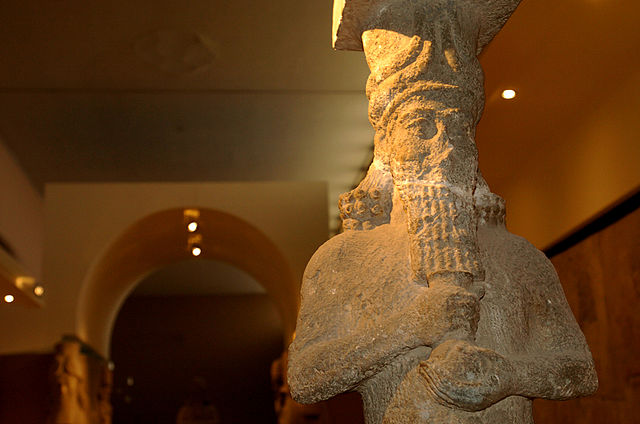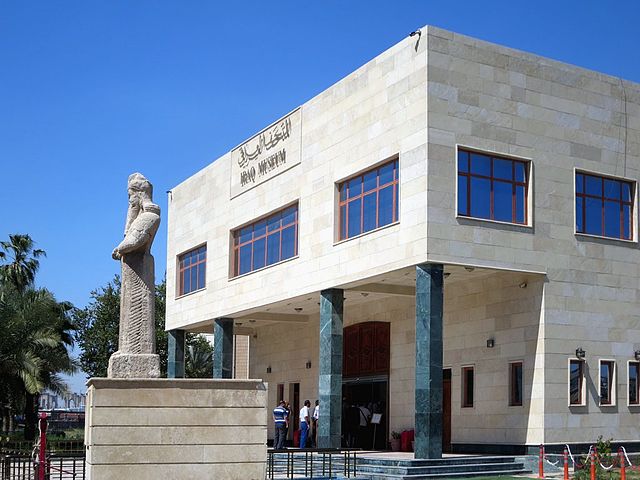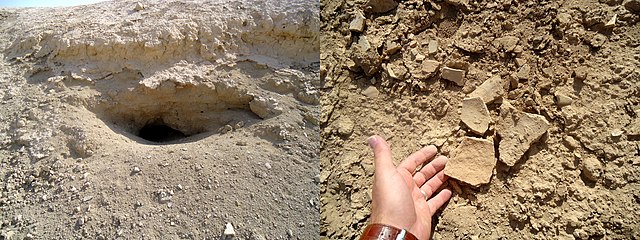The Iraq Museum is the national museum of Iraq, located in Baghdad. It is sometimes informally called the National Museum of Iraq. The Iraq Museum contains precious relics from the Mesopotamian, Abbasid, and Persian civilizations. It was looted during and after the 2003 Invasion of Iraq. Despite international efforts, only some of the stolen artifacts have been returned. After being closed for many years while being refurbished, and rarely open for public viewing, the museum was officially reopened in February 2015.
Entrance of the Iraq Museum
Exhibit during renovations in 2007
The Iraq Museum in Baghdad was looted in 2003 but has since reopened. A statue of Nabu, the 8th century BC Assyrian god of wisdom, stands before the building.
The statue of Entemena, back in the museum
Archaeological looting in Iraq
Archaeological looting in Iraq took place since at least the late 19th century. The chaos following war provided the opportunity to pillage everything that was not nailed down. There were also attempts to protect the sites such as the period between April 9, 2003, when the staff vacated the Iraq Museum and April 15, 2003, when US forces arrived in sufficient numbers to "restore some semblance of order." Some 15,000 cultural artifacts disappeared in that time. Over the years approximately 14,800 were recovered from within and outside Iraq and taken under the protection of the Iraqi government.
Looted head of a lamassu, cut into several pieces by the plunderers. From Khorsabad, Iraq. Circa 710 BCE. On display at the Iraq Museum.
The upper surface of Yasin Tepe ancient mound, innumerable looters' pits. Sulaymaniyah Governorate, Iraqi Kurdistan. Most of these were dug in the 1990s.
A looter's pit (left) at the ancient Sumerian city of Kish, Iraq. Fragments of pottery (right) are scattered near the pit.
The archeological site of Bakr Awa, an ancient mound near Halabja, Iraq. November 4, 2022. The tell and its surrounding area were lastly excavated in 2014. An area before the tell; note the numerous looters' pits.








